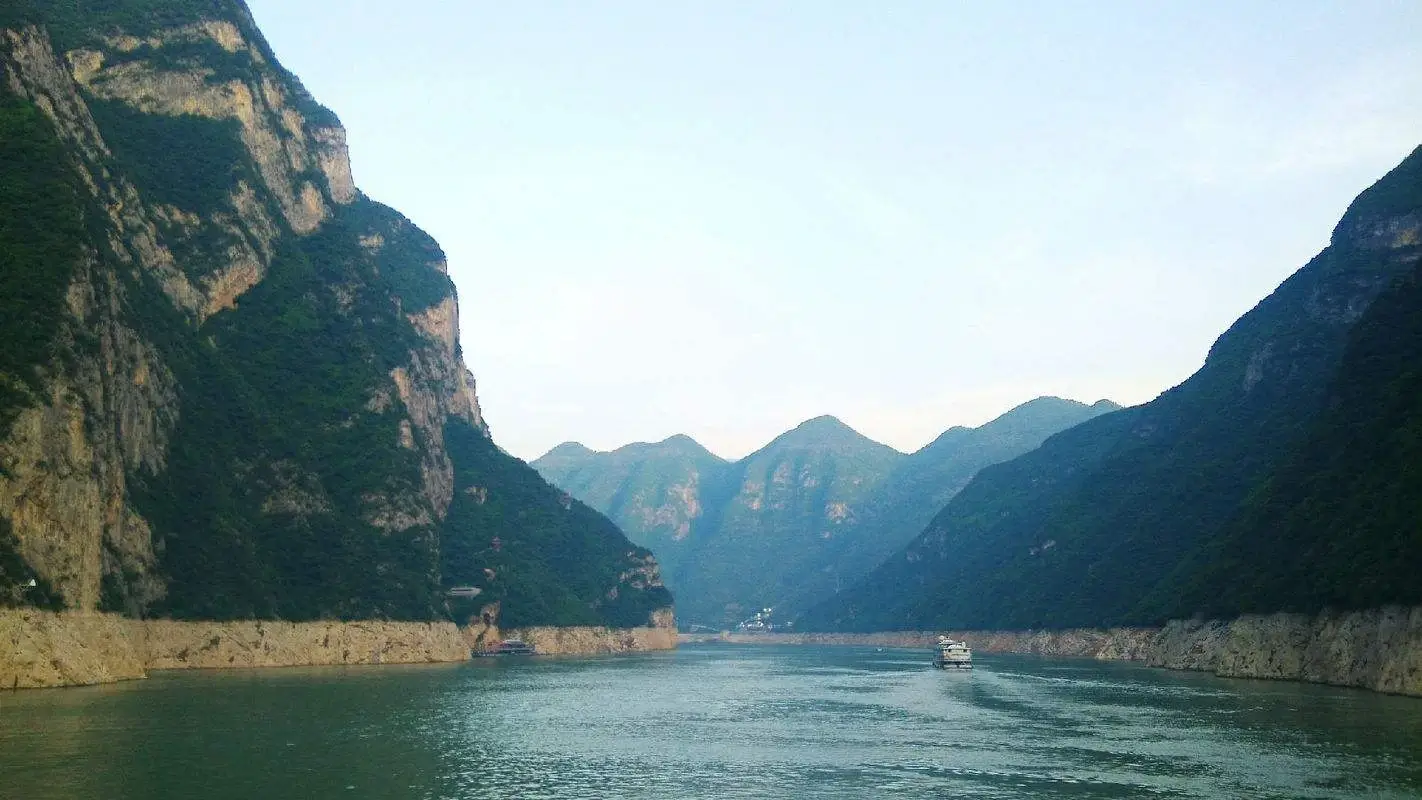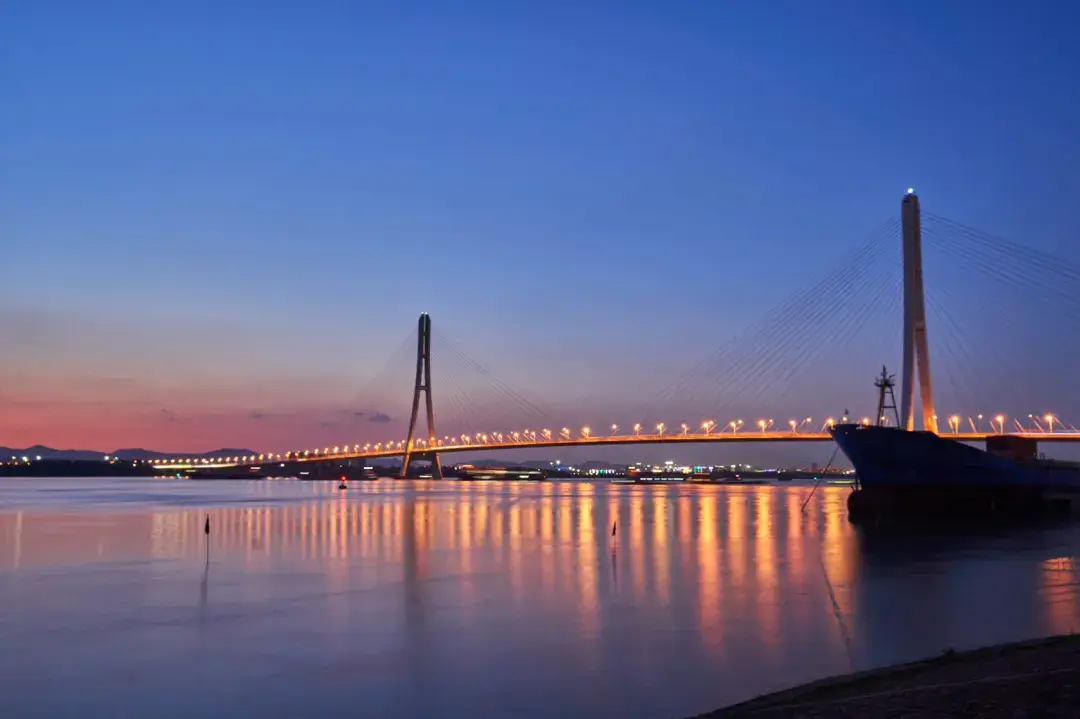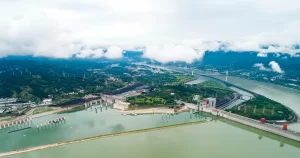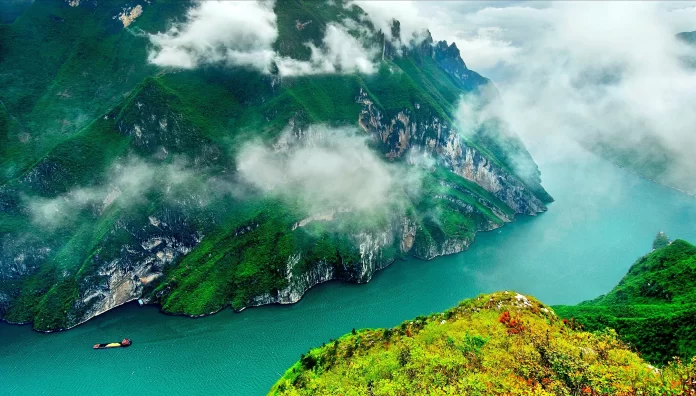The Yangtze River, also known as the Chang Jiang, is the longest river in China and Asia, stretching over 6,300 kilometers from its source in the Tibetan Plateau to its mouth in the East China Sea. The river is a vital transportation artery and a source of hydroelectric power, supporting the lives of millions of people along its banks.
Geography and Climate
The Yangtze River flows through a diverse range of landscapes, from the towering mountains of the Tibetan Plateau to the fertile plains of the Yangtze River Delta. The river’s source is located in the Geladandong Mountain, in the western province of Qinghai, and it flows through 11 provinces and regions before emptying into the East China Sea.
The Yangtze River Delta, which covers an area of over 180,000 square kilometers, is home to some of China’s most prosperous cities, including Shanghai, Nanjing, and Hangzhou. The delta is also known for its rich agricultural land and diverse wildlife, including the endangered Chinese alligator and the finless porpoise.
The Yangtze River has a subtropical monsoon climate, with temperatures ranging from -20°C in winter to 40°C in summer. The river’s water level varies greatly throughout the year, with the highest levels occurring during the summer months and the lowest levels during the winter months.
Economic and Cultural Significance
The Yangtze River has played a vital role in China’s economic and cultural development for centuries. It has been an important transportation route for goods and people, connecting the interior of China with the coastal regions. The river is also a major source of hydroelectric power, with the Three Gorges Dam, located on the river’s middle reaches, being one of the largest dams in the world.
The Yangtze River is also known for its cultural and historical significance. The river has been the inspiration for countless works of literature, art, and music, and has played a role in many important events in Chinese history. The river’s scenic beauty, including the famous Three Gorges, has made it a popular tourist destination, with millions of visitors each year.
 Environmental Concerns
Environmental Concerns
Despite its importance, the Yangtze River is facing numerous environmental challenges. The river has been affected by pollution, overfishing, and habitat destruction, which have had a negative impact on the river’s ecosystem and wildlife. The construction of the Three Gorges Dam has also raised concerns about the river’s water quality and the impact on local communities.
Conservation efforts are underway to protect the Yangtze River and its ecosystem. The Chinese government has launched initiatives to clean up the river and restore its natural habitats, and organizations such as the Yangtze River Conservation Society are working to raise awareness and protect the river’s wildlife.
The Yangtze River is a vital and fascinating waterway that has played a crucial role in China’s history and development. Its diverse landscapes, cultural significance, and economic importance make it a unique and valuable resource that must be protected and preserved for future generations.












